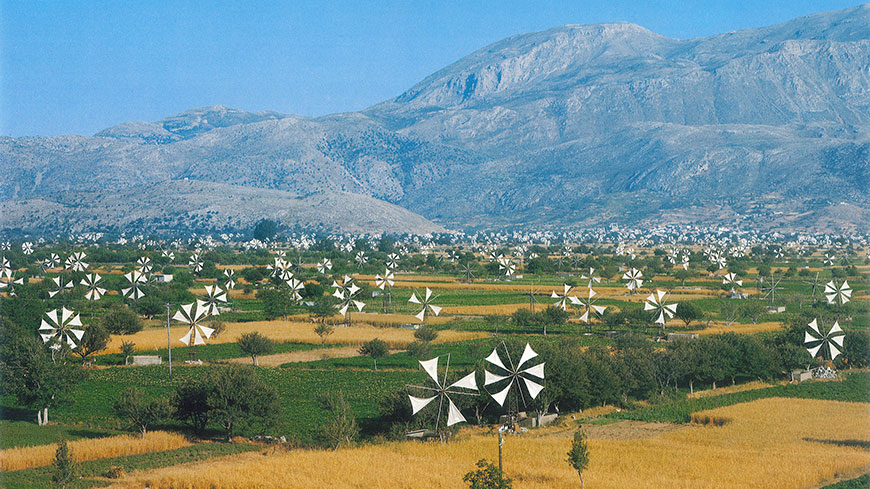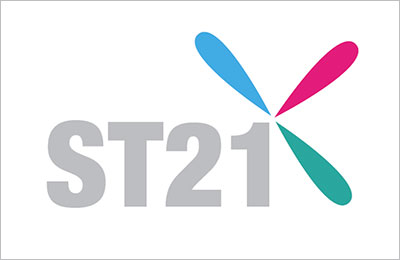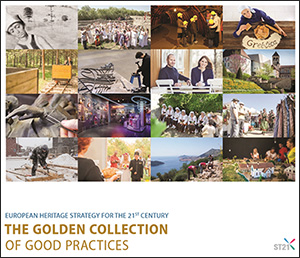Location of the initiative:

Relation to Strategy 21 Recommendations:
D5 - Encourage the reuse of heritage and use of traditional knowledge and practice
Brief description of the initiative:
Lasithi Plateau is a large endorheic (inwardly-draining, not by river to the sea) plateau in eastern Crete. It has a long history, including the myth that it is the birthplace of Zeus, but its fame in the past century has been attributable to the huge forest of windmills, some 10,000 of them, erected (1910-1950) to assist with the irrigation of the shallow soil. Most of these mills have ceased to operate in recent decades, through inefficiency and lack of maintenance.
However, recent research by Mr. Georgios Hatzakis, a mechanical engineer, may reverse this decline
Objectives of the initiative:
He has experimented successfully on some 20 mills by perforating the sails with minute holes, which means they can function successfully in low level winds. In strong winds the holes have the advantage to grow, reducing in this way the wind the advantage to grow, reducing in this way the wind strength, to ensure the safe operation of the mill. The size of the holes can be varied according to the nature of the irrigation each particular mill is required to carry out. It is hoped the technique may in due course be applied to all the windmills, right across the plateau.
Brief assessment of the initiative’s results:
It is an ingenious idea for improving the efficiency of a remarkable collection of windmills – and possibly also restoring many redundant mills to new life and productivity. The careful methodology of the improvements means that the holes in the sails are virtually invisible to the naked eye below. It is clear that the renewed use of these windmills, spinning round across the landscape, would not only improve local agriculture and aesthetic, but also provide an ecologically sound technique for mill restoration and re-use elsewhere in Europe.
Online resources:
Contact:
Mr. Georgios Hatzakis
[email protected]





